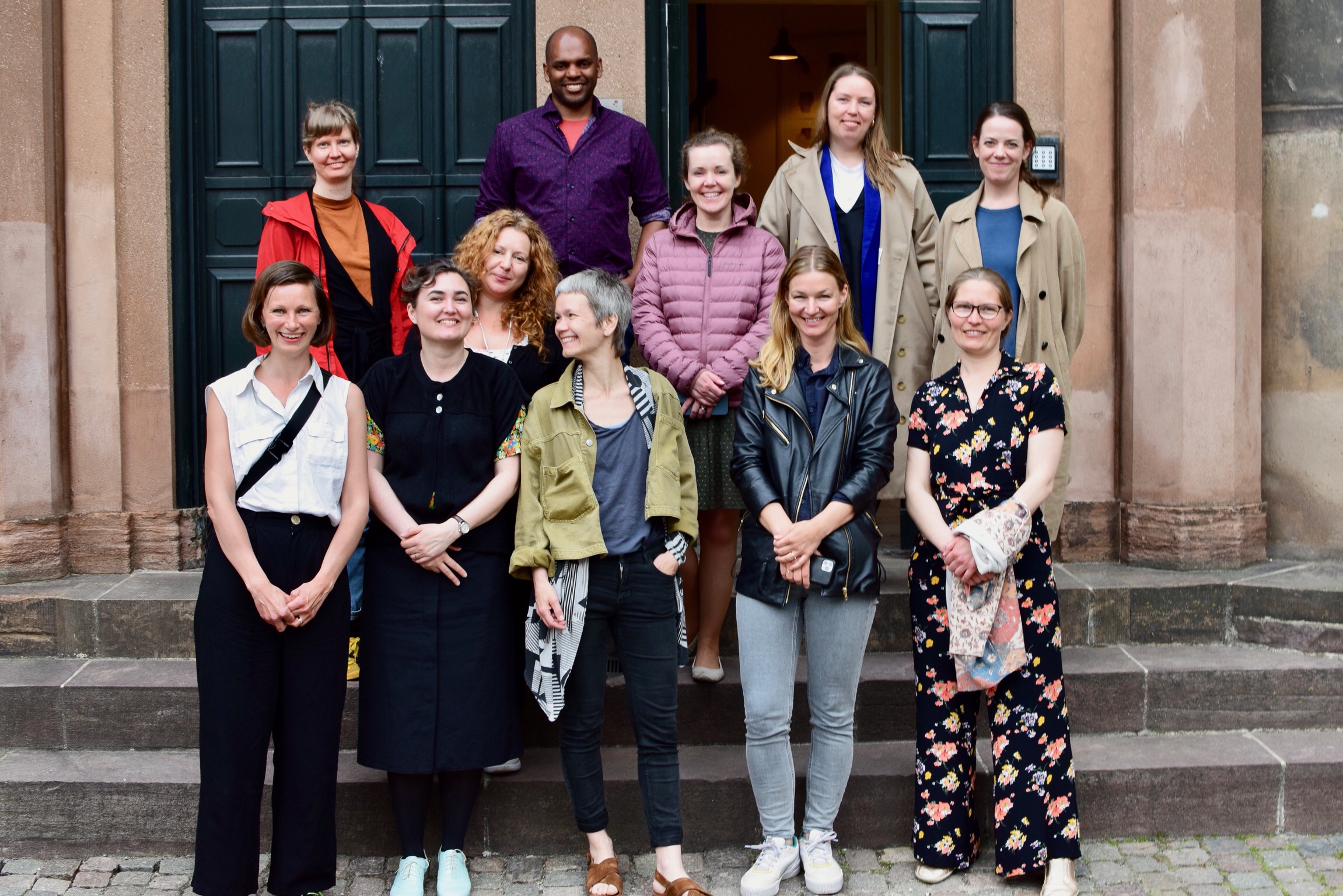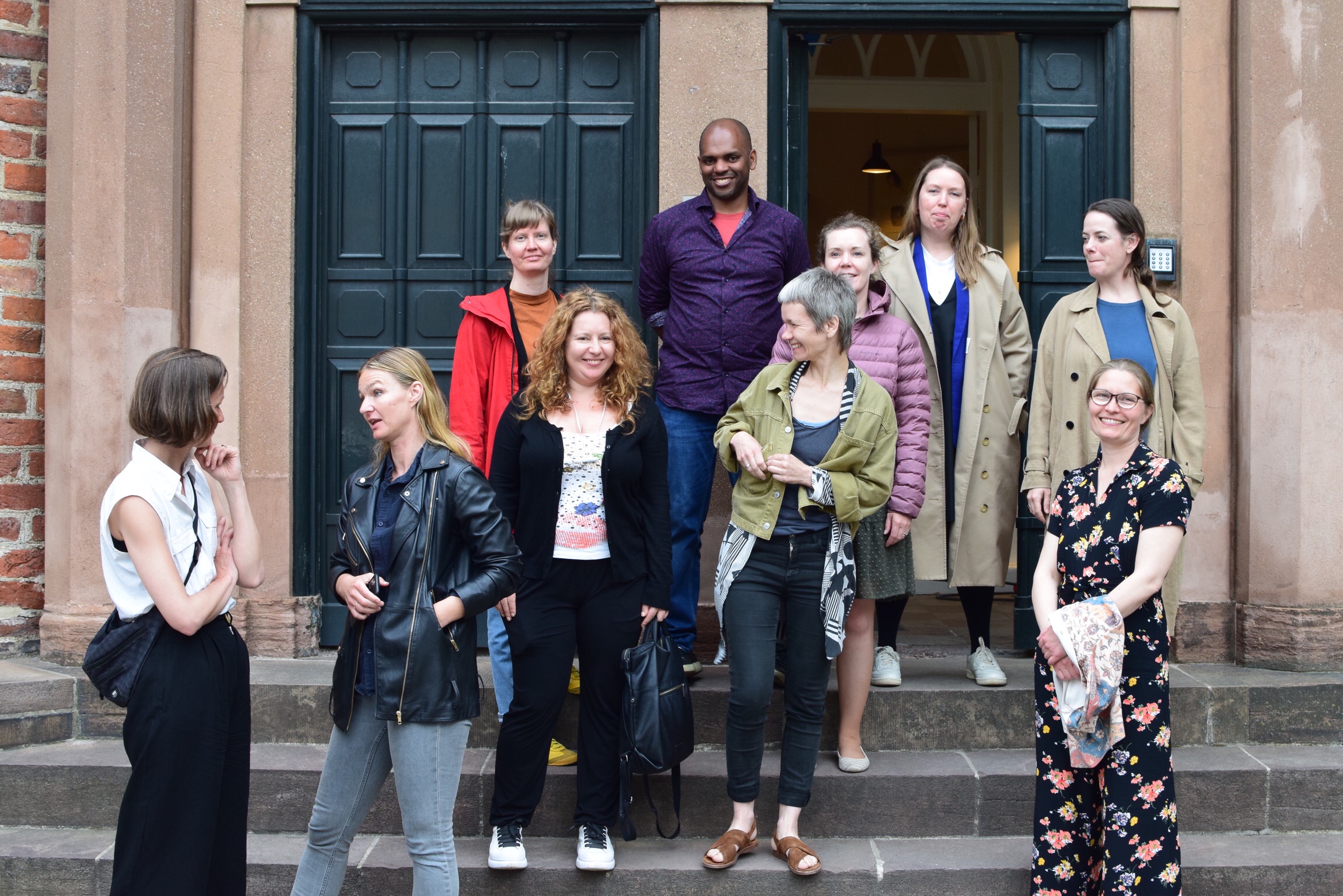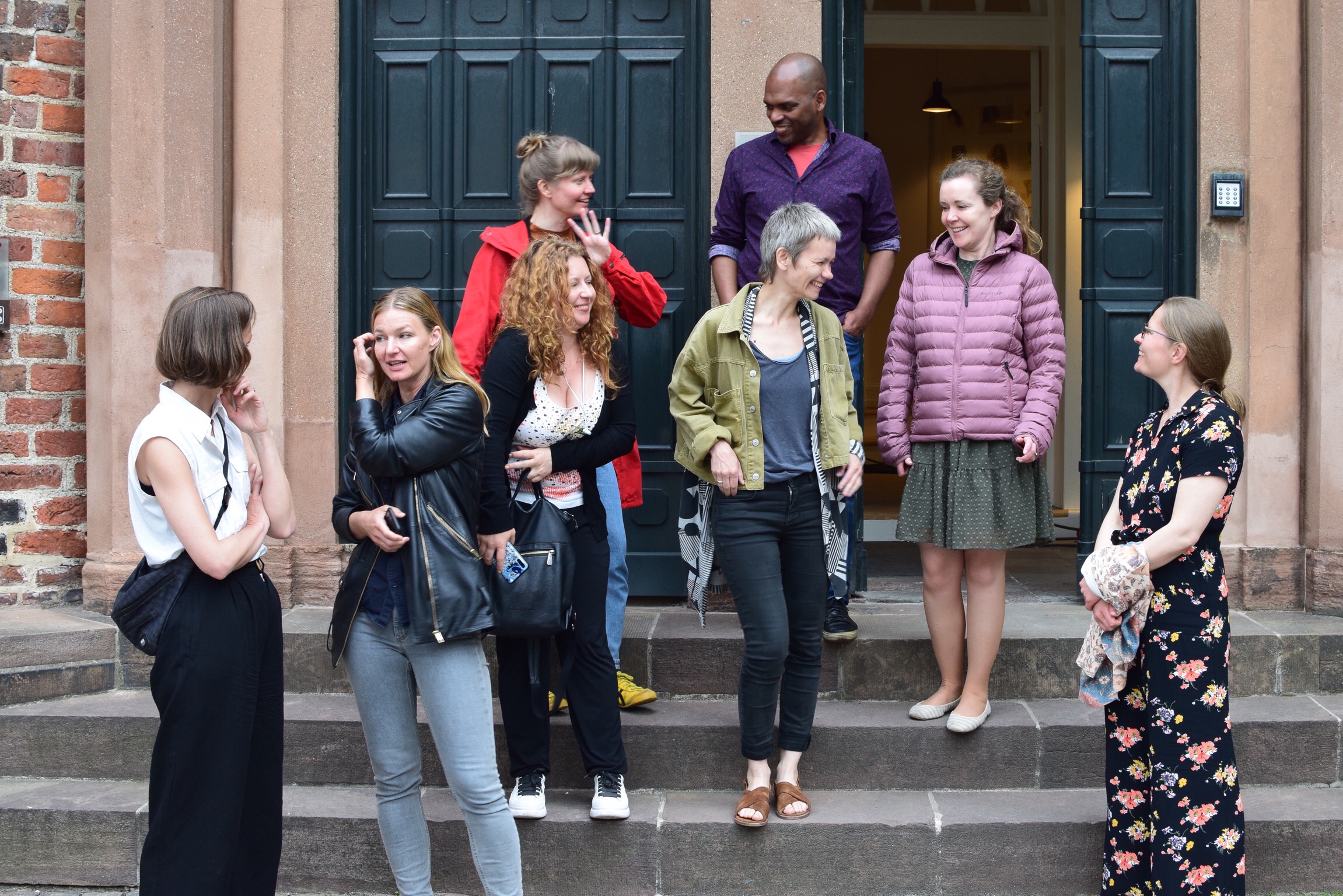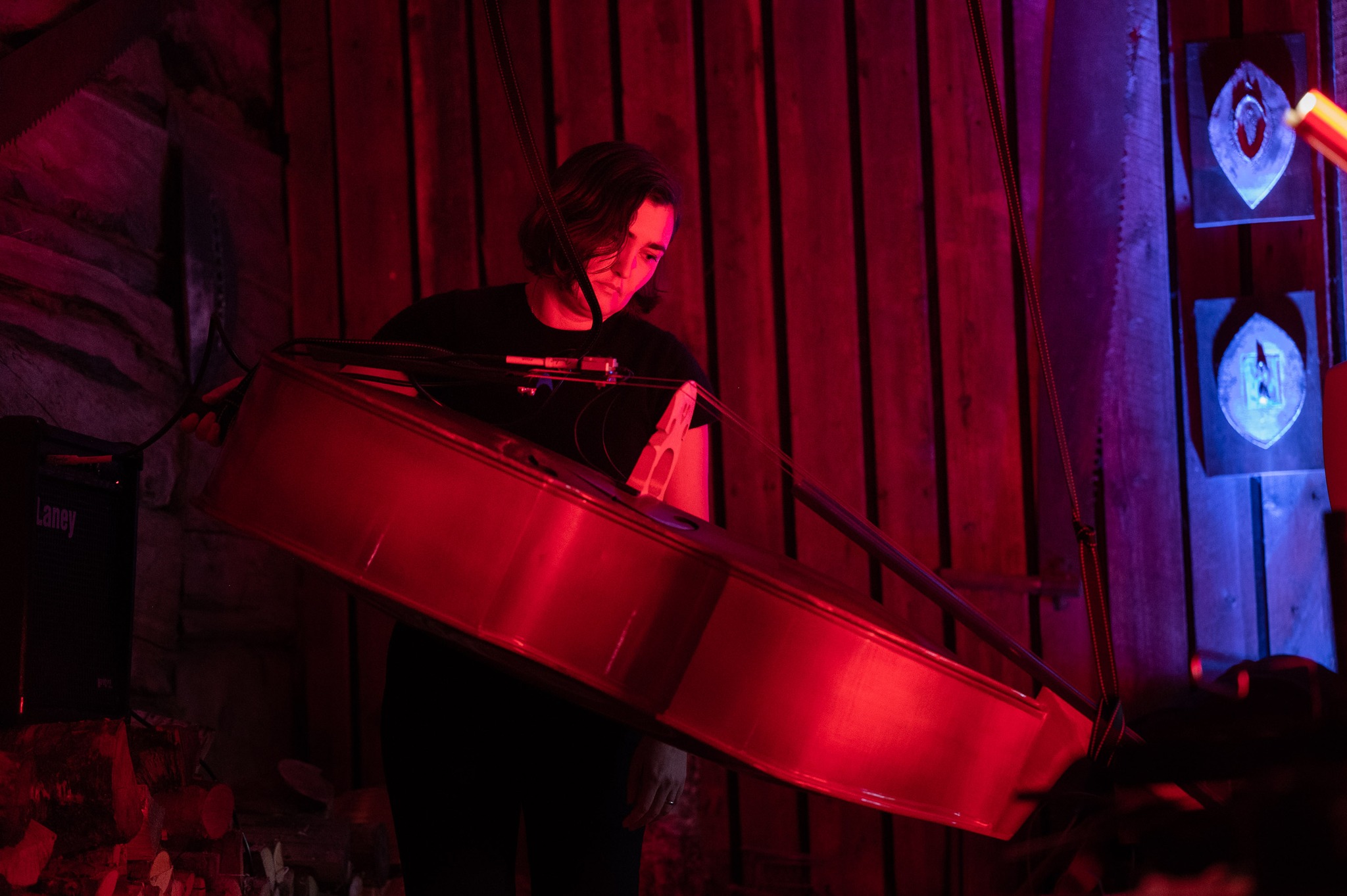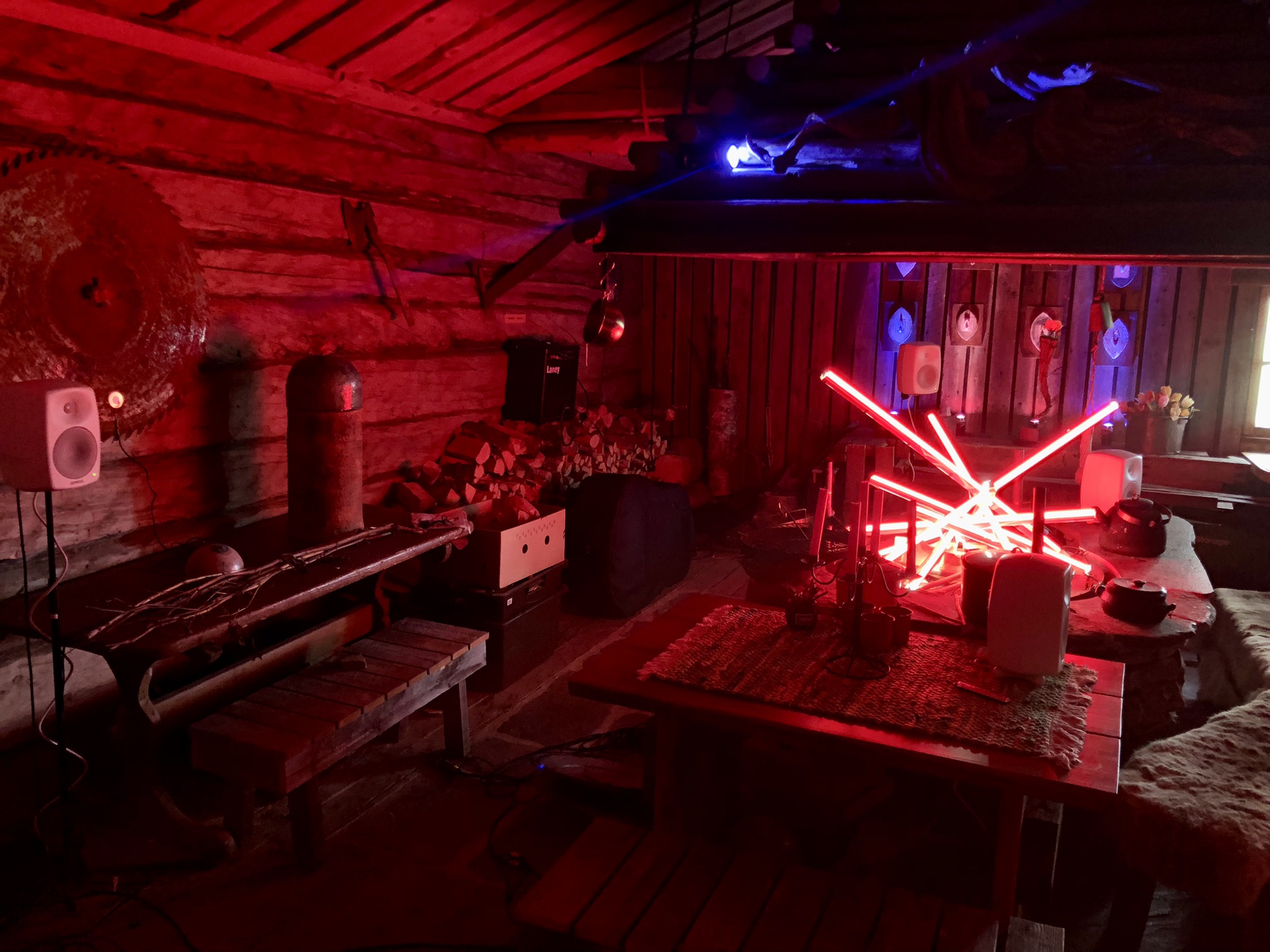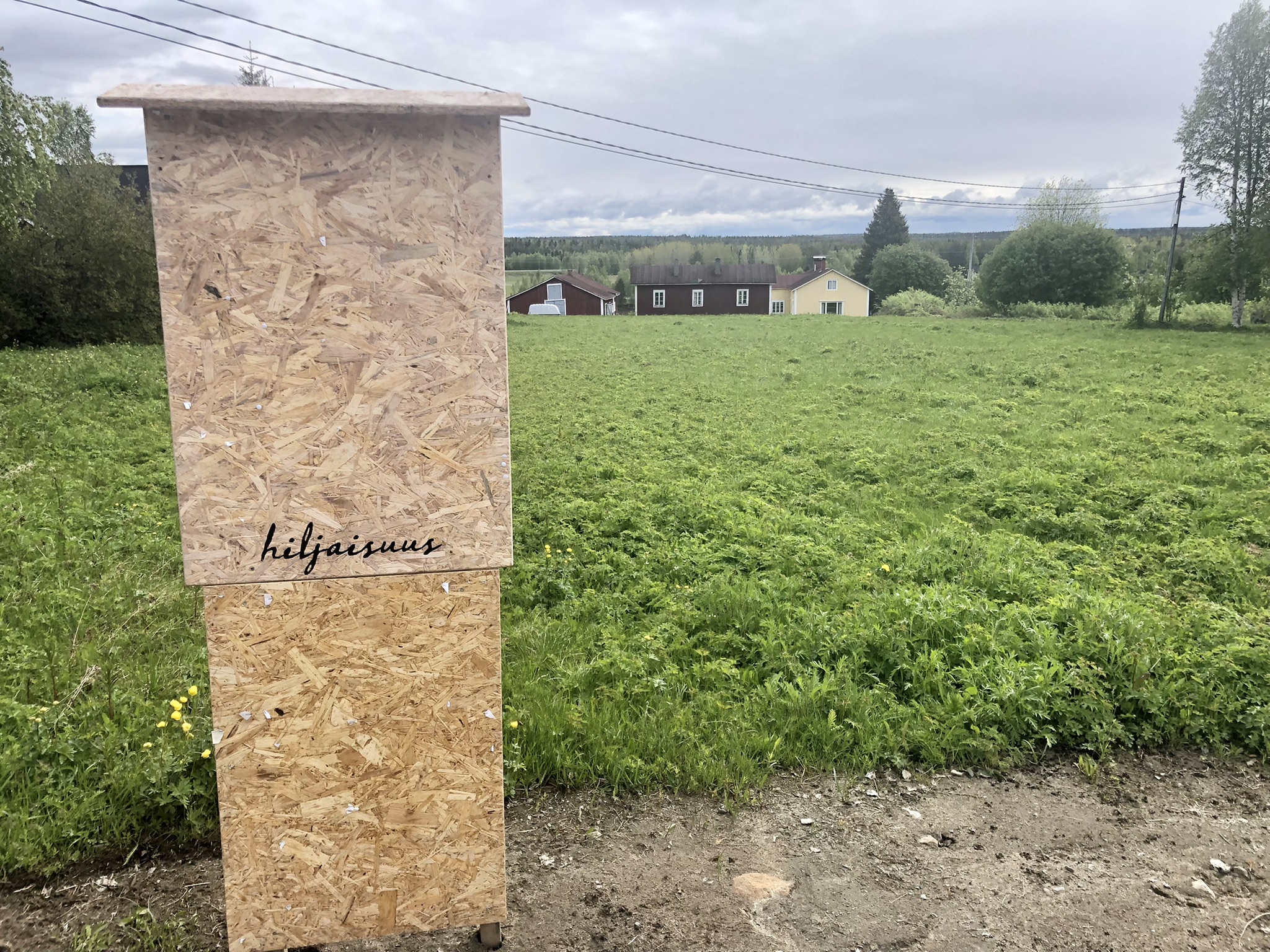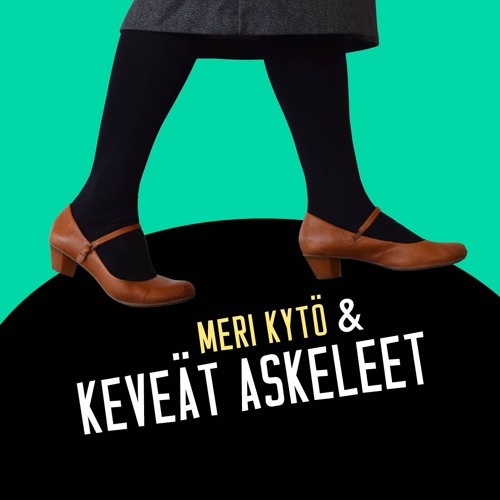References to the lecture:
Bassett, Caroline & Ben Roberts 2019. Automation now and then: Automation fevers, anxieties and utopias. New Formations. DOI: 10.3898/newF:98.02.2019
Beer, David 2010. Mobile music, coded objects and everyday spaces. Mobilities 5: 4, 469–484.
Bijsterveld, Karin 2018. Mechanical Sound. Technology, Culture, and Public Problems of Noise in the Twentieth Century. Cambridge, Mass.: The MIT Press.
Bucher, Taina 2016. Neither black nor box. Ways of knowing algorithms. In Innovative methods in media and communication research, eds. Sebastian Kubitschko and Anne Kaun. Palgrave Macmillan. DOI 10.1007/978-3-319-40700-5_5
Crary, Jonathan 1999. Suspentions of perception: Attention, spectacle, and modern culture. Cambridge, Mass.: MIT Press.
Hayles, Katherine 1999. How We Became Posthuman: virtual bodies in cybernetics, literature, and informatics. Chicago: University of Chicago Press.
Kitchin, Rob & Dodge, Martin 2011. Code/Space. Software And Everyday Life. Cambridge, Massachusetts: MIT Press.
Krivý, Maroš 2016. Towards a critique of cybernetic urbanism: The smart city and the society of control. Planning Theory. DOI: 10.1177/1473095216645631
Kytö, Meri 2019. The senses and the city: Attention, distraction and media technology in urban environments. The Routledge companion to urban media and communication. Eds. Z. Krajina & D. Stevenson. London: Routledge, 371–378. DOI: 10.4324/9781315211633-39
Lahjoita puhetta 2020. Yle. URL: https://yle.fi/aihe/lahjoita-puhetta
Librivox 2014. Karel Capek: R.U.R. (Rossum’s Universal Robots). URL: https://librivox.org/rur-rossums-universal-robots-by-karel-capek/
Männistö-Funk, Tiina & Tanja Sihvonen 2018. Voices from the Uncanny Valley. How Robots and Artificial Intelligences Talk Back to Us. Digital culture and society, 4: 1.
Paasonen, Susanna 2016. Fickle focus: Distraction, affect and the production of value in social media. First Monday, 21(10). https://doi.org/10.5210/fm.v21i10.6949
Parviainen, Jaana 2014. Mediakaupungin viettelyn logiikka ja kairoottiset silmänräpäykset. Media ja viestintä 37: 1
Saariketo, Minna 2020. Kuvitelmia toimijuudesta koodin maisemissa. Tampere: University of Tampere. http://urn.fi/URN:ISBN:978-952-03-1531-3
Santangelo, Marco 2016. A (more?) intelligent city. Noesis. DOI: http://dx.doi.org/10.20983/noesis.2016.12.5
Thompson, Marie 2020. Music in the Post-Mom Economy. Keynote at RMA conference. Script of the lecture: https://static1.squarespace.com/static/5f105cc8cdeb4f35285b5b68/t/5f59c24e59ab3511edd7aaae/1599717969427/music+in+the+post+mom+economy.pdf
Tonight show with Jimmy Fallon 2017. With guest David Hanson and Sophia. URL: https://www.youtube.com/watch?v=Bg_tJvCA8zw
Wiener, Norbert 1961. Cybernetics: or control and communication in the animal and the machine. Cambridge, Mass.: MIT Press.




